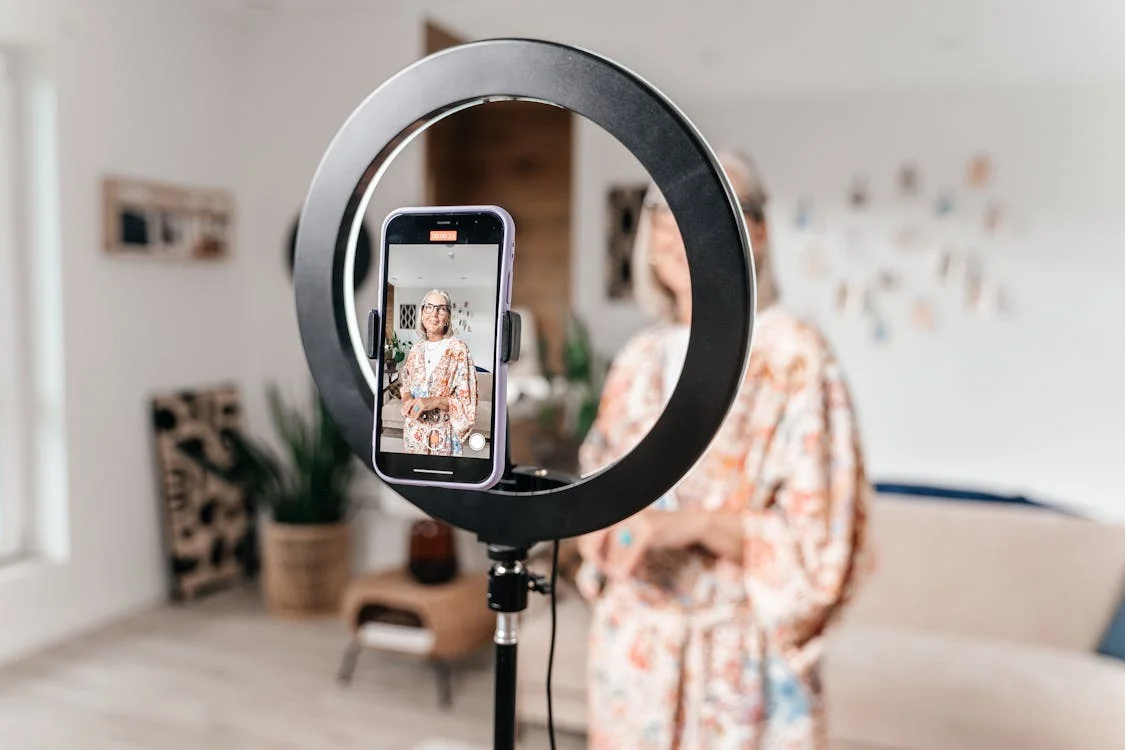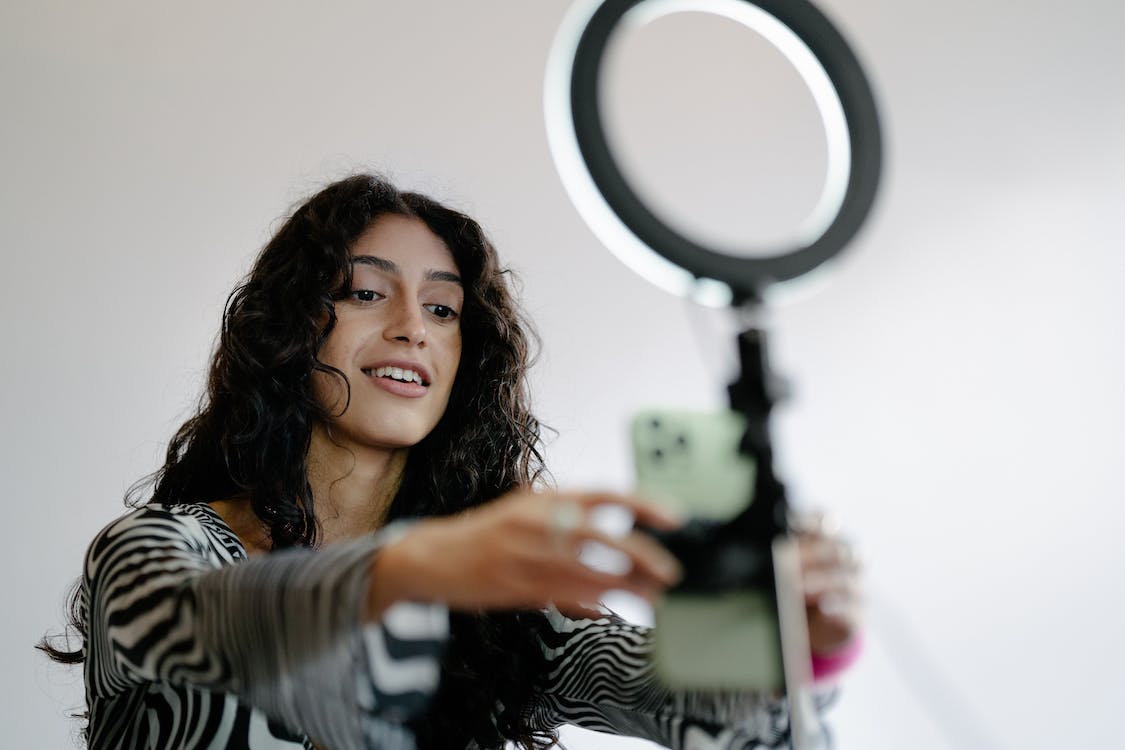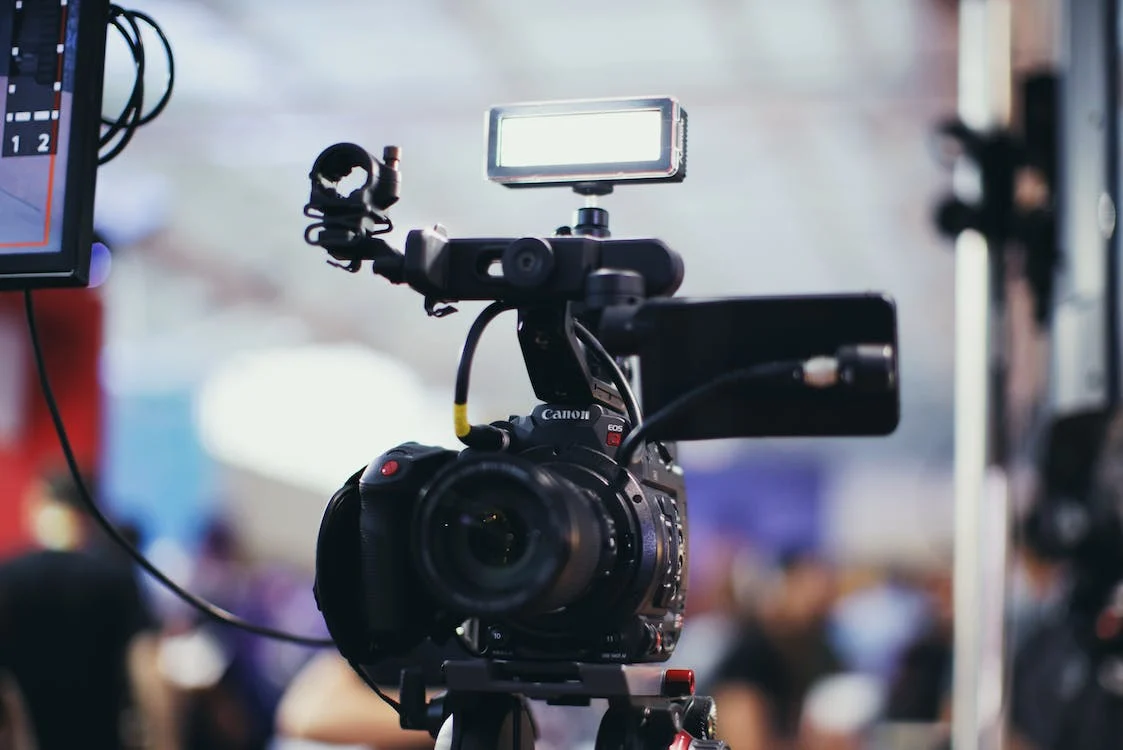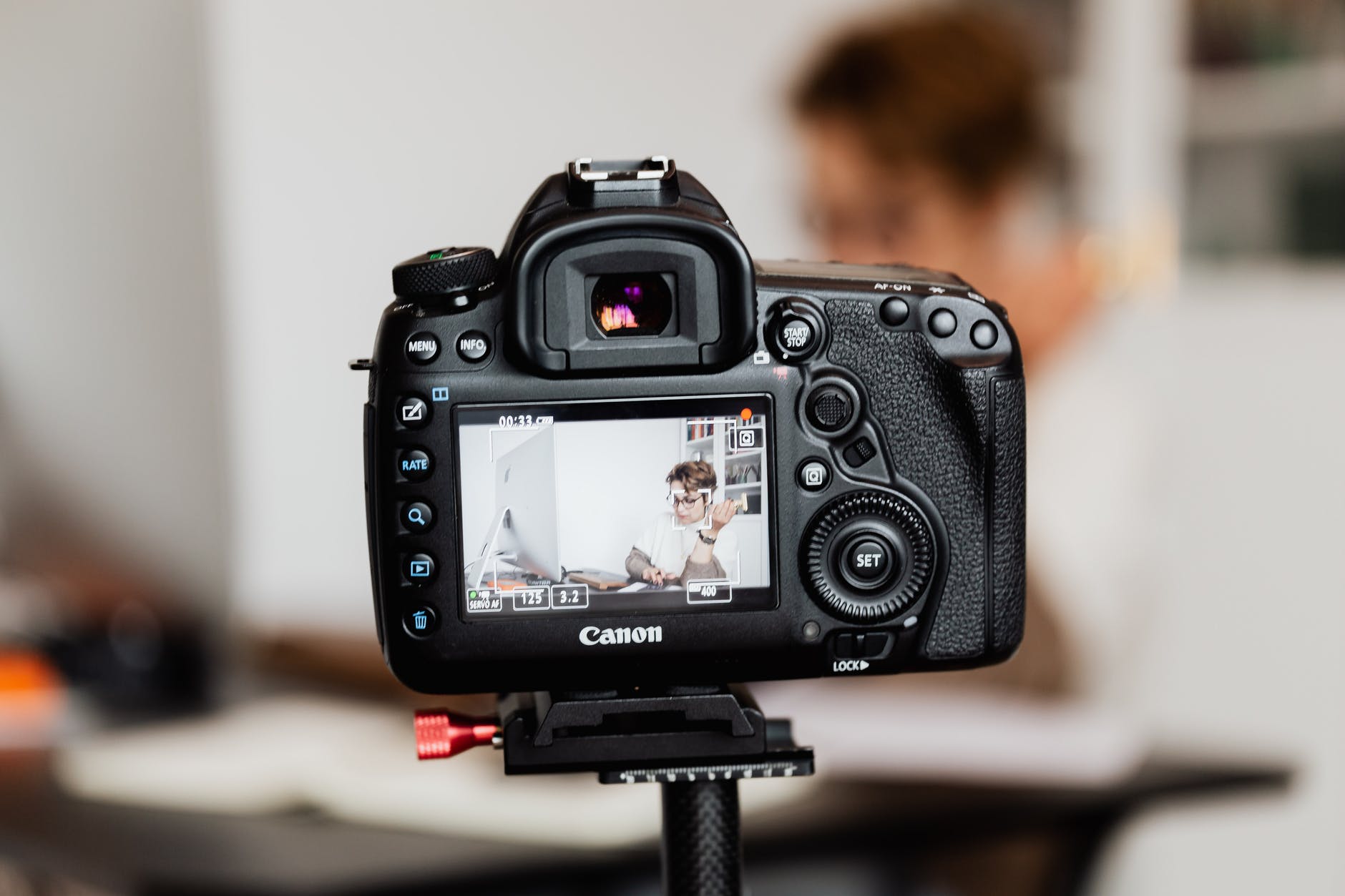Where Can I Record a Self-Tape?
Here’s a guide to finding the best locations
(By Javier Guerra)
 (Photo: Antoni Shkraba Production | Pexels)
(Photo: Antoni Shkraba Production | Pexels)
Where should you record your self-tape to ensure it meets professional standards? Here’s a guide to finding the best locations for recording a self-tape, whether you’re at home, on the go, or looking for a professional setup.
At Home: Creating a DIY Studio
Designate a Quiet, Well-Lit Space
Your home is often the most convenient and cost-effective place to record a self-tape. Start by designating a quiet, well-lit space where you won’t be interrupted. The background should be neutral—preferably a plain wall without any distractions. A simple white, gray, or blue wall works well, as these colors don’t interfere with the camera’s focus on you.
RELATED: Should Self-Tapes Be Filmed Vertically or Horizontally
Lighting and Sound
Natural light is ideal, so if possible, record your self-tape near a window during the day. If natural light isn’t available, invest in soft, diffused lighting to avoid harsh shadows. Ring lights or softbox lights are popular choices among actors for their ability to provide even, flattering light.
Sound quality is equally important. Make sure the space is quiet and free from background noise, such as traffic, household appliances, or pets. If your home isn’t naturally quiet, consider using a directional microphone or a lapel mic to capture clear audio.
Equipment Setup
You don’t need expensive equipment to record a professional-quality self-tape. A smartphone with a good camera can be sufficient if you stabilize it using a tripod. Ensure the camera is at eye level to avoid awkward angles and frame yourself from the chest up (a medium close-up). Test the setup before you start to check lighting, sound, and framing.
On the Go: Portable Solutions
 (Photo: Mizuno K | Pexels)
(Photo: Mizuno K | Pexels)
Hotel Rooms
If you’re traveling and need to record a self-tape, a hotel room can be a great option. Many hotel rooms have plain walls and decent lighting, making them suitable for recording. Move any distracting items out of the frame and use the natural light from the windows if possible. If the room is too dim, bring a portable ring light or LED light panel.
Rental Studios
If you’re away from home and need a reliable space, consider renting a small studio or office space. Many cities have studios specifically designed for self-taping, complete with professional lighting, soundproofing, and neutral backgrounds. Some rental studios also provide additional services, such as a reader or camera operator, which can be helpful if you’re traveling alone.
Airbnb or Short-Term Rentals
Airbnb or other short-term rental options can also serve as temporary self-tape studios. Look for properties with clean, uncluttered interiors and good natural light. Contact the host to ensure you’ll have a quiet environment, and bring your own lighting and sound equipment if needed.
Professional Studios
 (Photo: Bruno Massao | Pexels)
(Photo: Bruno Massao | Pexels)
Self-Tape Studios
For actors who want the highest quality self-tape, professional self-tape studios are a fantastic option. These studios are designed specifically for recording auditions and typically offer everything you need, including high-quality cameras, lighting, sound equipment, and neutral backdrops. Many self-tape studios also provide an in-house reader and can assist with editing and uploading your tape.
Acting Schools or Studios
Many acting schools and training studios offer self-tape services to their students and the public. These spaces are designed with actors in mind, so you can expect good lighting, soundproofing, and professional equipment. Recording at an acting school can also provide access to coaches who can help you refine your performance.
Coworking Spaces
Some coworking spaces offer private rooms that can be used for self-taping. These spaces are usually quiet and have neutral decor, making them a good option if you need a professional environment. However, you may need to bring your own equipment, such as lighting and a tripod, to ensure a high-quality recording.
Public Spaces: A Last Resort
 (Photo: Karolina Grabowska | Pexels)
(Photo: Karolina Grabowska | Pexels)
Outdoor Locations
If you’re really in a pinch and can’t find an indoor space, an outdoor location might work, but it comes with challenges. Choose a quiet, secluded spot where you won’t be interrupted. Be mindful of lighting—natural light can be your friend, but harsh sunlight can create unflattering shadows. Sound is the biggest challenge outdoors, so make sure to use a microphone to minimize background noise and wind interference.
Libraries and Community Centers
Some public libraries and community centers have rooms available for rent that can be used for recording a self-tape. These spaces are generally quiet and can provide a neutral background. However, you’ll likely need to bring all of your own equipment, and availability may be limited.
Whether you’re at home, on the road, or using a professional studio, the key is to ensure that your environment is quiet, well-lit, and free from distractions.



